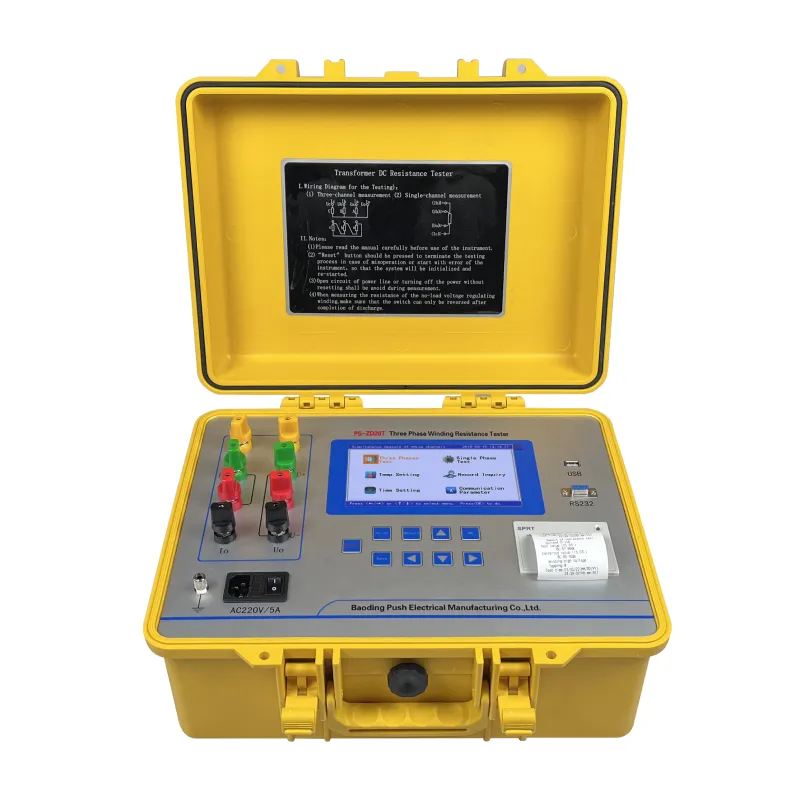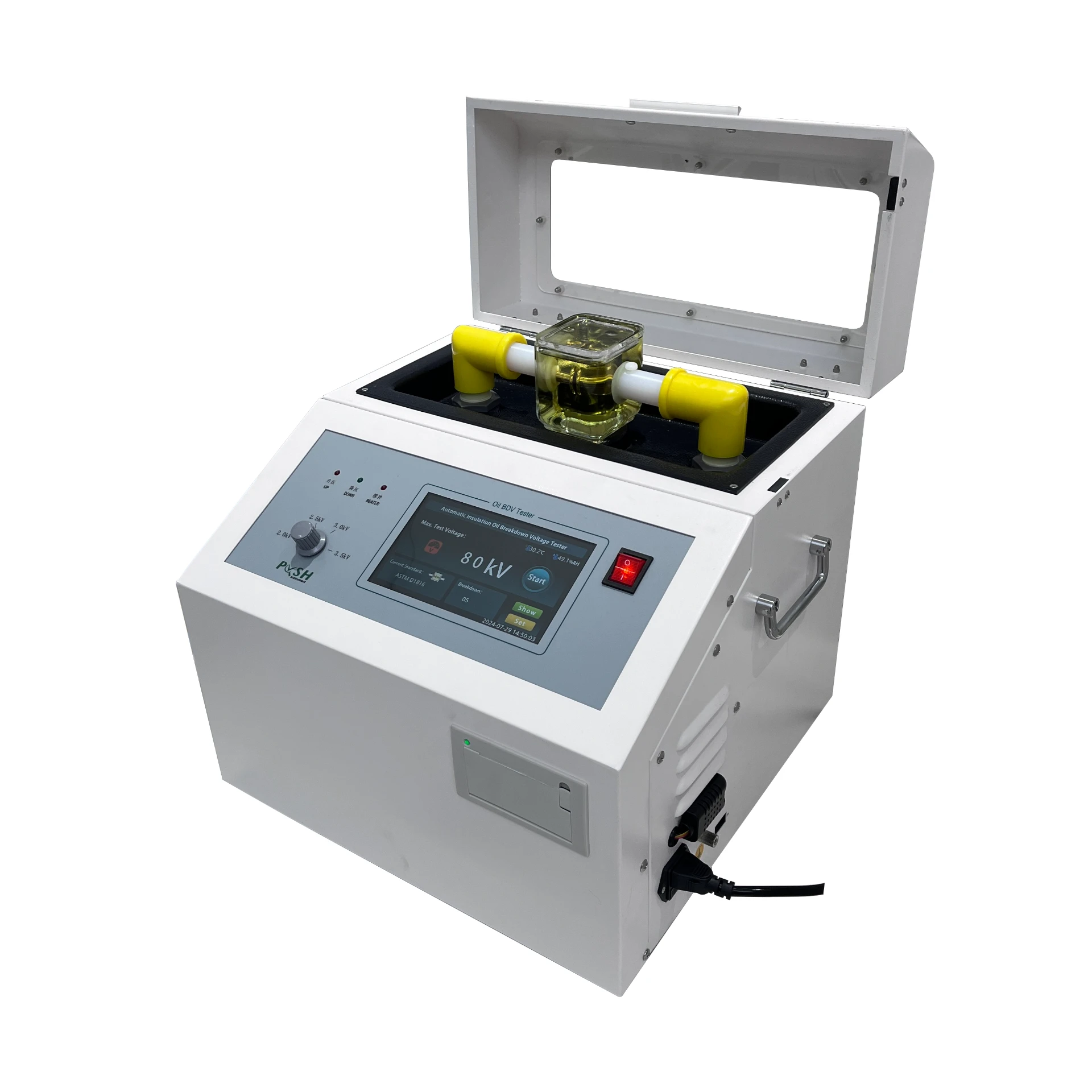 English
English



-
 Afrikaans
Afrikaans -
 Albanian
Albanian -
 Amharic
Amharic -
 Arabic
Arabic -
 Armenian
Armenian -
 Azerbaijani
Azerbaijani -
 Basque
Basque -
 Belarusian
Belarusian -
 Bengali
Bengali -
 Bosnian
Bosnian -
 Bulgarian
Bulgarian -
 Catalan
Catalan -
 Cebuano
Cebuano -
 China
China -
 China (Taiwan)
China (Taiwan) -
 Corsican
Corsican -
 Croatian
Croatian -
 Czech
Czech -
 Danish
Danish -
 Dutch
Dutch -
 English
English -
 Esperanto
Esperanto -
 Estonian
Estonian -
 Finnish
Finnish -
 French
French -
 Frisian
Frisian -
 Galician
Galician -
 Georgian
Georgian -
 German
German -
 Greek
Greek -
 Gujarati
Gujarati -
 Haitian Creole
Haitian Creole -
 hausa
hausa -
 hawaiian
hawaiian -
 Hebrew
Hebrew -
 Hindi
Hindi -
 Miao
Miao -
 Hungarian
Hungarian -
 Icelandic
Icelandic -
 igbo
igbo -
 Indonesian
Indonesian -
 irish
irish -
 Italian
Italian -
 Japanese
Japanese -
 Javanese
Javanese -
 Kannada
Kannada -
 kazakh
kazakh -
 Khmer
Khmer -
 Rwandese
Rwandese -
 Korean
Korean -
 Kurdish
Kurdish -
 Kyrgyz
Kyrgyz -
 Lao
Lao -
 Latin
Latin -
 Latvian
Latvian -
 Lithuanian
Lithuanian -
 Luxembourgish
Luxembourgish -
 Macedonian
Macedonian -
 Malgashi
Malgashi -
 Malay
Malay -
 Malayalam
Malayalam -
 Maltese
Maltese -
 Maori
Maori -
 Marathi
Marathi -
 Mongolian
Mongolian -
 Myanmar
Myanmar -
 Nepali
Nepali -
 Norwegian
Norwegian -
 Norwegian
Norwegian -
 Occitan
Occitan -
 Pashto
Pashto -
 Persian
Persian -
 Polish
Polish -
 Portuguese
Portuguese -
 Punjabi
Punjabi -
 Romanian
Romanian -
 Russian
Russian -
 Samoan
Samoan -
 Scottish Gaelic
Scottish Gaelic -
 Serbian
Serbian -
 Sesotho
Sesotho -
 Shona
Shona -
 Sindhi
Sindhi -
 Sinhala
Sinhala -
 Slovak
Slovak -
 Slovenian
Slovenian -
 Somali
Somali -
 Spanish
Spanish -
 Sundanese
Sundanese -
 Swahili
Swahili -
 Swedish
Swedish -
 Tagalog
Tagalog -
 Tajik
Tajik -
 Tamil
Tamil -
 Tatar
Tatar -
 Telugu
Telugu -
 Thai
Thai -
 Turkish
Turkish -
 Turkmen
Turkmen -
 Ukrainian
Ukrainian -
 Urdu
Urdu -
 Uighur
Uighur -
 Uzbek
Uzbek -
 Vietnamese
Vietnamese -
 Welsh
Welsh -
 Bantu
Bantu -
 Yiddish
Yiddish -
 Yoruba
Yoruba -
 Zulu
Zulu
On-Load Tap Changer Transformers Seamless Voltage Regulation & Efficiency
- Understanding Tap Changer Transformers: Core Functionality
- Technical Advancements in Voltage Regulation Systems
- Performance Metrics: On-Load vs Off-Load Mechanisms
- Market Leaders: Feature Comparison Across Brands
- Tailored Solutions for Industry-Specific Requirements
- Operational Success: Real-World Implementation Examples
- Future-Proofing Power Networks with Adaptive Tap Changers

(tap changer transformer on load)
Optimizing Grid Stability with Tap Changer Transformers on Load
Modern power infrastructure relies on tap changer transformers on load to maintain voltage consistency across dynamic operational conditions. Industry data reveals a 17% annual growth in demand for load tap changer transformers since 2020, driven by renewable energy integration and smart grid deployments. These systems enable ±15% voltage adjustment without interrupting power flow, critical for maintaining supply quality in grids with fluctuating renewable inputs.
Technical Advancements in Voltage Regulation Systems
Third-generation on-load tap changing (OLTC) systems now achieve transition speeds under 35ms, compared to 150ms in legacy models. Advanced contact materials extend maintenance intervals from 3 to 7 years, reducing lifecycle costs by 40%. Dual-grade insulation systems permit operation at temperatures up to 150°C, enabling compact designs with 22% higher power density.
Performance Metrics: On-Load vs Off-Load Mechanisms
Comparative analysis shows on load and off load tap changing transformers serve distinct operational profiles:
| Parameter | OLTC | Off-Load |
|---|---|---|
| Voltage Adjustment Range | ±15% | ±5% |
| Transition Time | 20-50ms | 3-5 minutes |
| Annual Operations | 10,000+ | ≤50 |
| Typical Applications | Grid substations | Fixed industrial loads |
Market Leaders: Feature Comparison Across Brands
| Manufacturer | Voltage Range | Step Resolution | MTBF | Price Range |
|---|---|---|---|---|
| ABB | 69-345kV | 0.625% | 200k ops | $$$ |
| Siemens | 34-230kV | 1.25% | 180k ops | $$ |
| GE | 138-500kV | 0.5% | 220k ops | $$$$ |
Tailored Solutions for Industry-Specific Requirements
Custom off load and on load tap changing transformer configurations address sector-specific challenges:
- Industrial: 0.25% voltage tolerance for semiconductor manufacturing
- Renewables: 2ms response solar farm interconnects
- Urban Networks: 50% size reduction for underground substations
Operational Success: Real-World Implementation Examples
A German wind farm deployment achieved 99.982% availability using hybrid load tap changer transformers with predictive maintenance algorithms. Post-installation data shows 63% reduction in voltage sags and 28% improvement in turbine efficiency compared to fixed-ratio units.
Future-Proofing Power Networks with Adaptive Tap Changers
The evolution of tap changer transformer on load
technology directly supports global decarbonization targets. Next-generation models with IoT integration demonstrate 92% fault prediction accuracy, potentially eliminating 75% of unplanned outages by 2030. These advancements position OLTC systems as critical infrastructure for achieving net-zero energy systems.

(tap changer transformer on load)
FAQS on tap changer transformer on load
Q: What is the difference between on-load and off-load tap changing transformers?
A: On-load tap changers (OLTC) adjust voltage without interrupting power supply, while off-load tap changers require the transformer to be de-energized. OLTCs are used for frequent adjustments, whereas off-load types suit stable systems needing rare changes.
Q: When should an on-load tap changer transformer be used?
A: Use an on-load tap changer transformer in grids requiring real-time voltage regulation, like industrial facilities or renewable energy systems. It ensures uninterrupted power during adjustments, critical for continuous operations.
Q: How do maintenance requirements differ for on-load vs. off-load tap changers?
A: On-load tap changers need frequent maintenance due to arcing and mechanical wear during live operation. Off-load tap changers require minimal upkeep as adjustments occur only during shutdowns.
Q: What are the advantages of load tap changer transformers in power distribution?
A: Load tap changer transformers enhance voltage stability, reduce energy losses, and improve grid efficiency. They allow seamless adaptation to load fluctuations without service interruptions.
Q: Can off-load and on-load tap changing be combined in one transformer?
A: Yes, hybrid transformers may include both types: on-load for daily adjustments and off-load for major voltage shifts. This setup balances flexibility and cost-effectiveness in complex networks.
-
Testing Equipment Industry Sees Major Advancements in 2025: Smart & Precision Technologies Lead the WayNewsJun.06,2025
-
Applications of Direct Current Generators in Renewable Energy SystemsNewsJun.05,2025
-
Hipot Tester Calibration and Accuracy GuidelinesNewsJun.05,2025
-
Digital Circuit Breaker Analyzer Features and BenefitsNewsJun.05,2025
-
Benefits of Real-Time Power Quality Monitoring Devices for Industrial EfficiencyNewsJun.05,2025
-
Earth Fault Loop Testing in High-Rise Building Electrical SystemsNewsJun.05,2025



